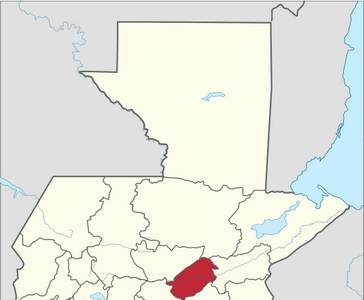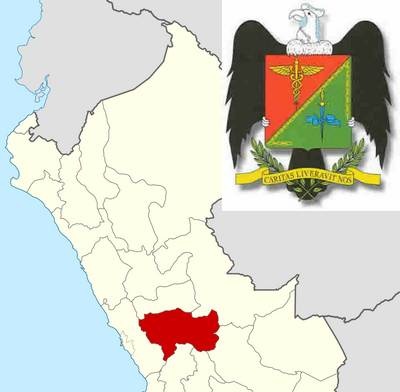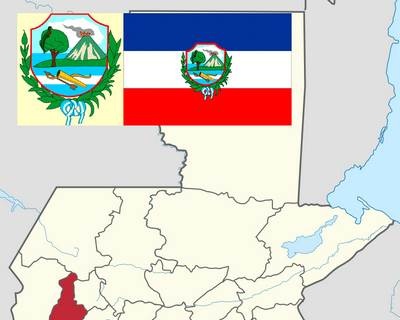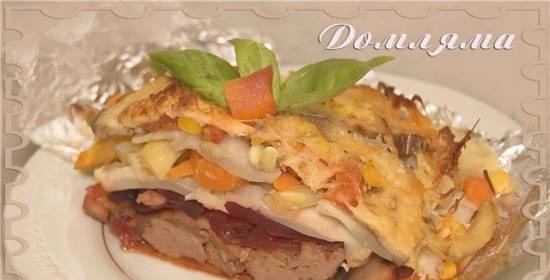|
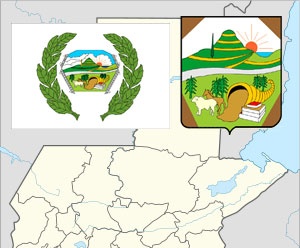 Hutiapa is a Guatemalan department located in the southeastern corner of the country, stretching along the border with El Salvador and overlooking the Pacific coast. Hutiapa is a Guatemalan department located in the southeastern corner of the country, stretching along the border with El Salvador and overlooking the Pacific coast.
Its population is mainly mestizo, as well as the Chorti Indians, who are descendants of the Mayans, and the Shinka ethnic group, which is not associated with either the Maya or the Aztecs. Agriculture and livestock are the leading economic industries in the region - Hutiapa is the national leader in milk, rice, tomato and chili production, and it also produces large quantities of beans, corn, onions, other vegetables and a wide variety of fruits used in indigenous cuisine. peoples.
Before the arrival of the Spaniards in Guatemala, Chorti and Shinka led a fairly simple lifestyle, built adobe houses, were engaged in fishing and hunting. One of the elements of their culture was the consumption of food and the use of natural resources in nutrition, so they perfectly knew how to extract all the benefits from external conditions, creating gastronomic masterpieces. A fine example of Hutiapa's pre-Hispanic cuisine is chowder of crotalaria leaves, squash and wild lorocco vine flowers (caldo de chipilin)rich in iron and vitamins. In addition to plants, fresh meat of wild pigs and canned meat were present in the diet, stored for long-term storage and preparation of various dishes, the recipes of which are preserved to this day:
• coche miche - tinted annatto rice ragout with small pieces of pork on the bone, tomatoes, onions and chili;
• chirmol from dried pork, roasted over an open fire and chopped on a mill stone, and then stewed with tomatoes, onions, garlic, chili and eggs.
 For important celebrations, weddings, childbirths or christenings, chorti and shinka are prepared with tamali wrapped in leaves of various plants. The prototype of a modern snack of this type is the tamal of travelers, or white tamal (tamal de viaje, tamal blanco)which was filled with corn dough and shaped like a bag of corn leaves. Such culinary products were taken with them on the road or to work in the field. The fillings of modern tamales include not only dough, but also pieces of meat, chicken, cheese, vegetables, fat and spices. So, chepes, also wrapped in corn leaves, are prepared with corn dough, black beans, butter and cheese. For important celebrations, weddings, childbirths or christenings, chorti and shinka are prepared with tamali wrapped in leaves of various plants. The prototype of a modern snack of this type is the tamal of travelers, or white tamal (tamal de viaje, tamal blanco)which was filled with corn dough and shaped like a bag of corn leaves. Such culinary products were taken with them on the road or to work in the field. The fillings of modern tamales include not only dough, but also pieces of meat, chicken, cheese, vegetables, fat and spices. So, chepes, also wrapped in corn leaves, are prepared with corn dough, black beans, butter and cheese.
Other, more traditional, regional dishes include:
• kamawa - beans, stewed with crotalaria, lorocco, tomatoes, onions and annatto;
• rice pischton (pixton de arroz) - a thick cake made from rice flour;
• tikuka - a flatbread on which beans, cheese and lorocco are spread, and then it is folded in half and fried in a dry frying pan;
• muko (muko) - rice or corn tortilla with cheese, baked for children;
• nuegados - sweet donuts with yucca, which are boiled in water and poured with honey syrup.
The best companion to all of the above dishes is a refreshing drink. Usually the drinks of the department have a thick consistency due to corn or fruit puree and sweet taste, many of them undergo a fermentation process. A typical example is ixtahuala bananas with honey or sugar and cinnamon, poured into clay bowls and fermented for 15 days. Chilate is a traditional soft drink made from corn, like white atol (atol blanco).
Elena
|
 Hutiapa is a Guatemalan department located in the southeastern corner of the country, stretching along the border with El Salvador and overlooking the Pacific coast.
Hutiapa is a Guatemalan department located in the southeastern corner of the country, stretching along the border with El Salvador and overlooking the Pacific coast.